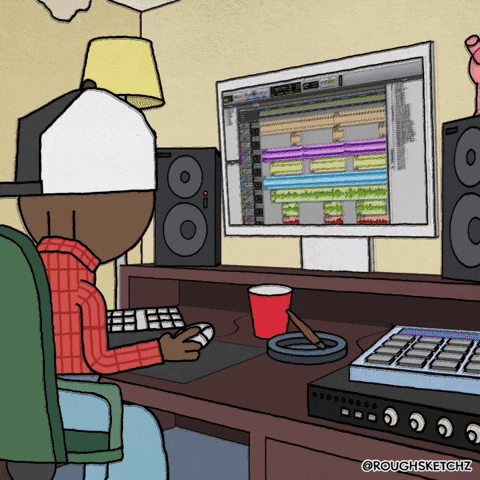
The Haas effect is a psychoacoustic phenomenon that refers to the brain’s ability to compute the location of a sound source based on timing cues. It is named after Helmut Haas, who first described the effect in his PhD thesis in 1949.
The Haas effect is a critical component of sound localization and is used extensively in the field of audio engineering. It is also used to create the illusion of width in stereo recordings and to design artificial reverberation algorithms.
In this article, we will explain what the Haas effect is and how it can be used to improve quality in audio mixing. We will also provide some practical tips on how to use the Haas effect to your advantage. If you want to learn all about this psychoacoustic phenomenon, then read on!
The Haas effect is named after Helmut Haas, who first put it on the map in 1949. It is the perceptual phenomenon whereby a sound seems to originate from a point other than its actual source. The effect is most pronounced when the direct sound from the source is very loud, and the reverberant sound from the room is very soft.
The Haas effect is caused by the brain's tendency to place greater importance on the first arrival of a sound wave at the ear. This first arrival is known as the direct sound, while the later arrivals are known as the reverberant sound. The brain can identify the difference between the two based on their timing, level, and spectral characteristics.
The Haas effect is exploited in many audio applications, such as live sound reinforcement, studio recording, and cinema. It can be used to make a sound source appear to be closer or farther away than it actually is. It can also be used to create the illusion that a space is larger or smaller than its actual size.

The Haas effect can be used to improve the quality of your mixes by making them sound more natural and lifelike. When used correctly, the Haas effect can make your mixes sound fuller, wider, and more spacious. It can also add depth and clarity to your mixes, making them more enjoyable to listen to.
If you're looking for ways to improve your mixes, the Haas effect is a great place to start. By using this simple technique, you can take your mixes to the next level and make them sound their best.
So how do you use the Haas effect when mixing? Let's discuss that now.
Related Article: What Is Mixing In Music And Why It's Important For You To Know?
To apply the Haas effect in a mix, you will need to use an audio plugin that can delay the sound wave. By delaying the sound wave by a few milliseconds, you can create the illusion that the sound is coming from a different direction. This can be a useful technique to make sounds stand out in a mix or to give them more depth.
The most popular way to exploit the Haas effect is to create a wider stereo image, which in turn leads to a more comprehensive mix with greater depth. To start, duplicate a mono audio track and pan each copy hard left and hard right. Then, introduce a short delay to one of the tracks. I recommend starting with 10-20ms.
The resultant sound varies depending on where you set your delay time, so it’s best to experiment until you find a sound that pleases you. Keep in mind, though, that the objective here is to make our identical mono tracks sound wider than they are in reality.
NOTE: Make sure to keep the delay time below 40ms as we don't want to hear a double-track sound. That would negate the purpose of what we are trying to achieve.
There are a variety of audio plugins that can be used to create the Haas effect. Some of these plugins are designed specifically for this purpose, while others can be used to create a similar effect. Here are a few examples of plugins that can be used to create the Haas effect:
These are just a few examples of the many plugins that can be used to create the Haas effect. Experiment with different plugins to find the sound that you are looking for.
Related Article: The Best Mastering Plugins And How To Use Them Right
In conclusion, you now know all about the Haas effect and how to use it to your advantage when mixing music. It truly is a psychoacoustic phenomenon that has a lot to offer audio engineers. The question is, how will you use it in your next mix?
If you found the information helpful in this article, consider subscribing to my blog for more music production tips, tricks, and advice. Now, go take advantage of the Haas effect and make some great mixes!
"Some of the links within this article are affiliate links. These links are from various companies such as Amazon. This means if you click on any of these links and purchase the item or service, I will receive an affiliate commission. This is at no cost to you and the money gets invested back into Audio Sorcerer LLC."